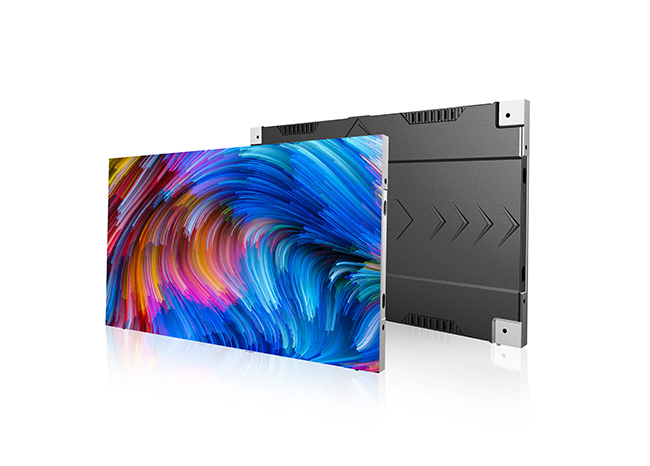Publisher: Supplier of LED Display Time: 2020-08-13 Views: 2819
In terms of display technology, the LCD display is a display screen composed of liquid crystals, while the LED display screen is a display screen composed of light-emitting diodes. Each pixel unit in the LED digital display is a light-emitting diode. If it is monochrome, it is generally a red light-emitting diode.

To produce a high-quality LED display, it is necessary to do technical control in the following aspects.
1. Anti-static: The LED display assembly factory should have good anti-static measures, special anti-static floor, anti-static soldering iron, anti-static table mat, anti-static ring, anti-static clothing, humidity control, equipment grounding (especially the cutting machine ) and so on are basic requirements, and should be checked regularly with an electrostatic meter.
2. Drive circuit design: The arrangement of the drive IC on the drive circuit board on the LED display module will also affect the brightness of the LED. Since the transmission distance of the output current of the driver IC is too long on the PCB board, the voltage drop in the transmission path will be too large, which will affect the normal operating voltage of the LED and reduce its brightness. We often find that the LED brightness around the LED display module is lower than that in the middle, which is the reason. Therefore, in order to ensure the consistency of the brightness of the display screen, it is necessary to design the distribution diagram of the driving circuit.
3. Design current value: The nominal current of the LED is 20mA. It is generally recommended that the maximum use current should not exceed 80% of the nominal value. Especially for the display screen with small dot spacing, the current should be reduced due to poor heat dissipation conditions. value. According to experience, due to the inconsistency of the attenuation speed of red, green and blue LEDs, the current values of blue and green LEDs are reduced in a targeted manner to maintain the consistency of the white balance of the display screen after long-term use.
4. Mixed lights: LEDs of the same color with different brightness levels need to be mixed, or inserted according to the light diagram designed by the discrete law to ensure the consistency of the brightness of each color on the entire screen. If there is a problem in this process, the local brightness of the display screen will be inconsistent, which will directly affect the display effect of the LED display screen.
5. Control the verticality of the lamp: For in-line LEDs, there must be enough process technology to ensure that the LEDs are perpendicular to the PCB board when passing through the furnace. Any deviation will affect the brightness consistency of the LEDs that have been set, and color blocks with inconsistent brightness will appear.
6. The temperature and time of wave soldering must be strictly controlled: the temperature and time of wave soldering are recommended as follows: the preheating temperature is 100°C ± 5°C, the maximum is not more than 120°C, and the preheating temperature is required to rise steadily, and the soldering temperature The temperature is 245℃±5℃, and the welding time is recommended not to exceed 3 seconds. Do not vibrate or impact the LED after passing through the furnace until it returns to normal temperature. The temperature parameters of the wave soldering machine should be checked regularly, which is determined by the characteristics of the LED. Overheating or fluctuating temperature will directly damage the LED or cause hidden dangers to the quality of the LED, especially for small-sized round and oval LEDs such as 3mm.
7. False welding control: When the LED display does not light up, there is often more than a 50% probability that it is caused by various types of false welding, such as false welding of LED pins, false welding of IC pins, and false pin headers and mothers. Welding etc. The improvement of these problems needs to strictly improve the process and strengthen the quality inspection to solve. The vibration test before leaving the factory is also a good inspection method.
8. Heat dissipation design: LED will generate heat when working, and if the temperature is too high, it will affect the attenuation speed and stability of the LED. Therefore, the heat dissipation design of the PCB board and the ventilation and heat dissipation design of the box will affect the performance of the LED.
The quality control in the production process of LED display is related to the quality of the product. It is very important and must be well controlled.